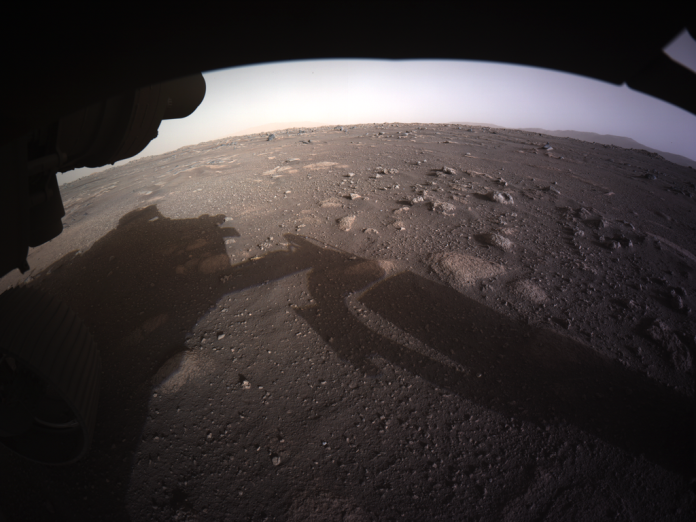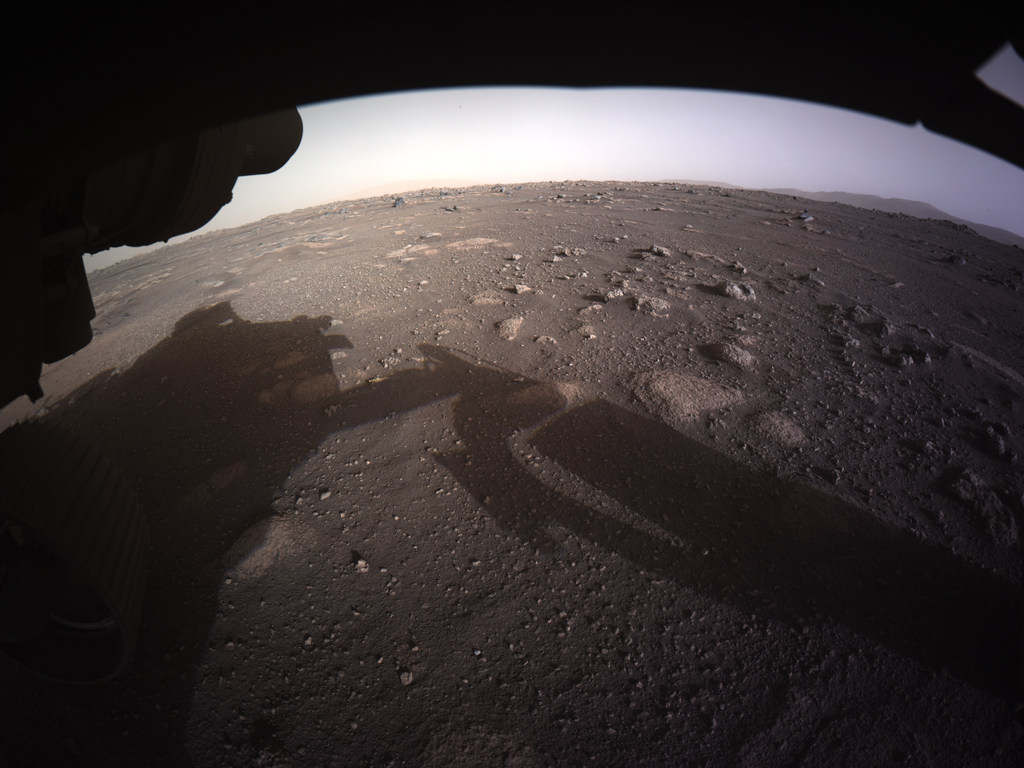
It started as a routine inspection of a light-colored outcrop in Mars’ Jezero Crater. But when Perseverance’s instruments imaged the Bright Angel formation’s fine-grained mudstones, the information uncovered something much more tantalizing: a suite of minerals and organic markers that, on Earth, typically lead back to microbial life. The sample, named “Sapphire Canyon,” is now one of the most intriguing possible biosignatures yet retrieved from the Red Planet.
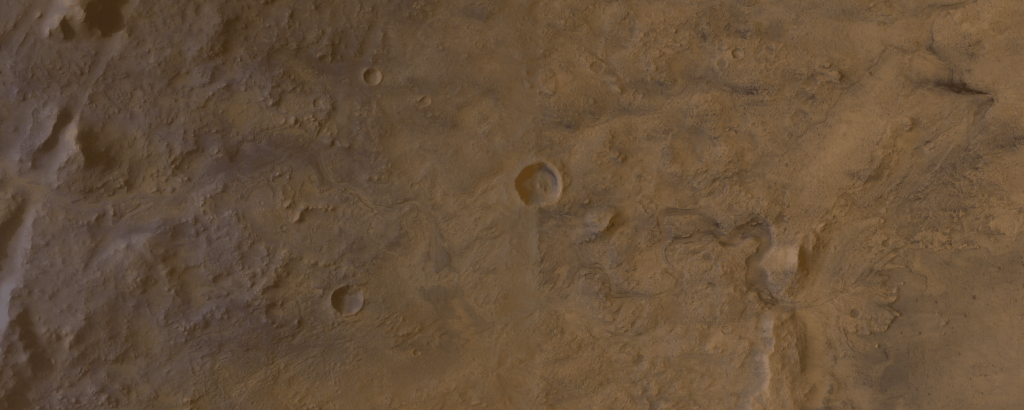
1. A Discovery in an Unlikely Place
Perseverance met the Cheyava Falls rock in July 2024 as it traversed Neretva Vallis, an ancient river valley supplying Jezero’s long-lost lake. The mudstones in this area are geologically young relative to other targets, undermining the expectation that any indications of ancient life would be sequestered solely in Mars’s oldest rocks. “This discovery is the closest we have ever come to finding evidence of life on Mars,” acting NASA Administrator Sean Duffy declared.
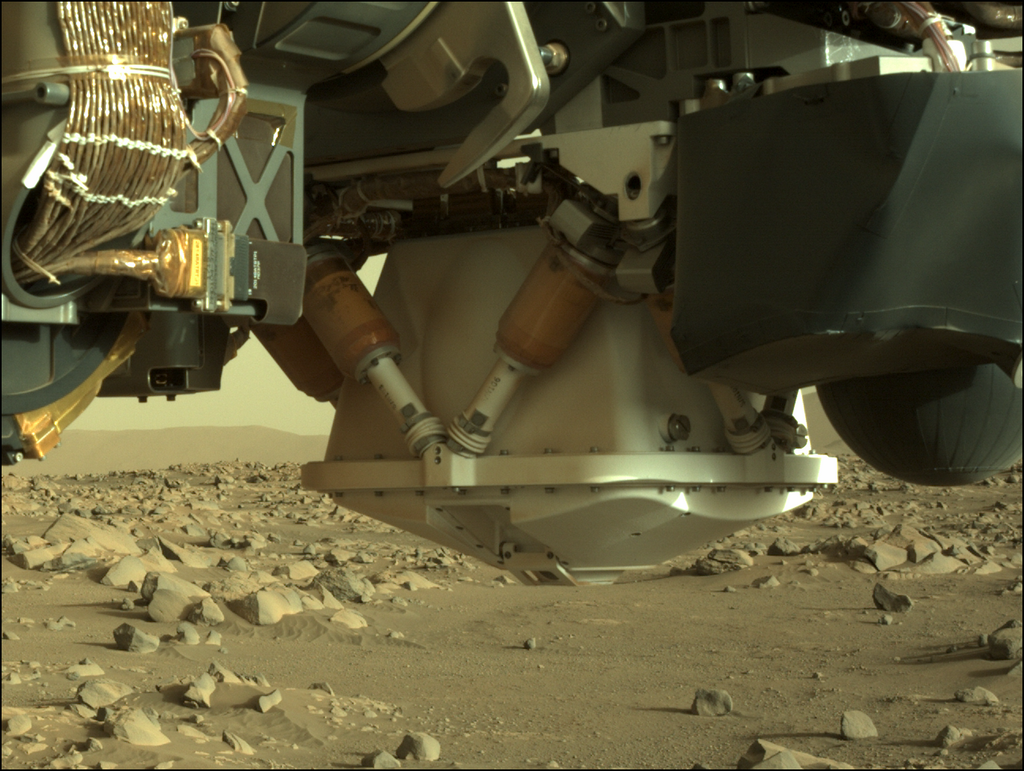
2. Mineral Cues: Vivianite and Greigite
Central to the discovery are two iron-sulfide minerals: vivianite, a hydrated iron phosphate, and greigite, an iron sulfide. Both are capable of forming on Earth through microbially catalyzed redox reactions in low-temperature, water-saturated sediments. Micro-X-ray fluorescence mapping by PIXL indicated Fe–P-rich rims over bleached “leopard spots,” with cores filled with Fe–S phases enriched in zinc and nickel chemical signatures indicative of greigite. These minerals can abiotically form, but recognized non-biological mechanisms tend to involve high temperatures or acidic environments not present in Bright Angel.
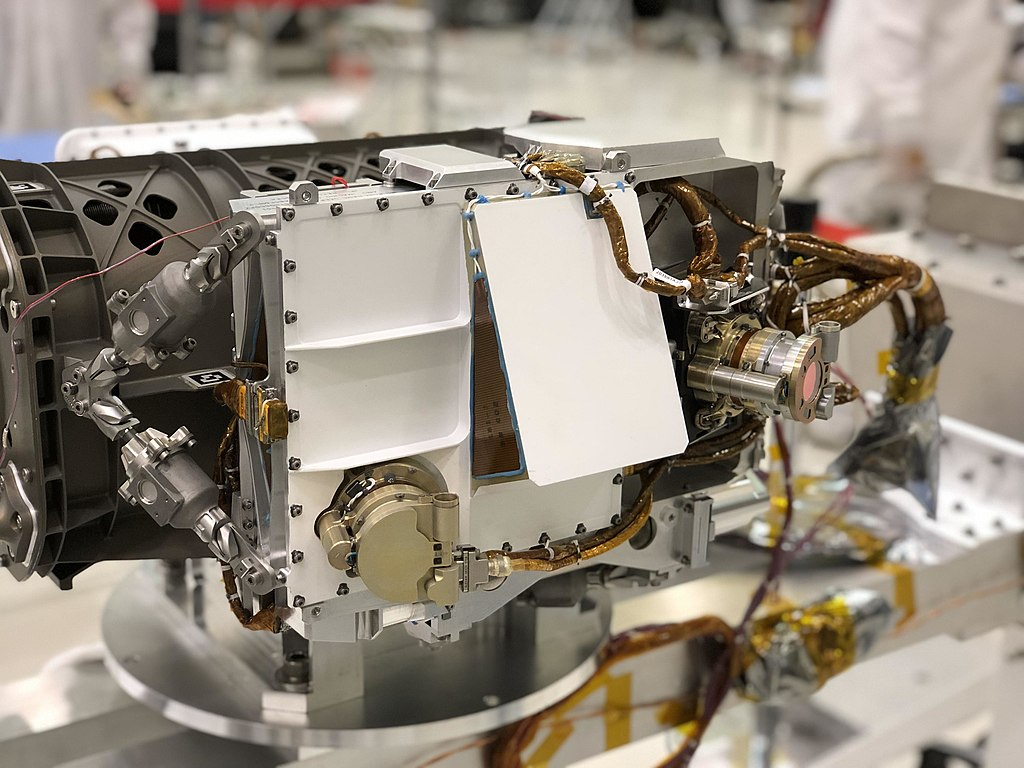
3. Organic Matter and the G-Band Signature
SHERLOC’s deep-ultraviolet Raman spectroscopy identified a clear ~1,600 cm⁻¹ G-band in multiple targets, most prominent at Apollo Temple, where there is the most vivianite and greigite. This spectral marker indicates the presence of aromatic carbon architecture. “This co-occurrence of organic matter and redox-sensitive minerals is very compelling,” wrote Texas A&M geobiologist Michael Tice. Although “organic” doesn’t confirm biology, its presence with certain mineral textures is analogous to microbial processes on terrestrial lake sediments.

4. Geological Context: A Surprise Lake within a River Valley
Imperial College London researchers’ sedimentological mapping indicated that Bright Angel’s mudstones probably developed in a low-energy lake setting within Neretva Vallis a surprise in what had been considered a river channel. The fine grain size of the rocks, their silica- and clay-rich nature, and lack of high-energy depositional features are indicative of standing water, an environment conducive to microbial life.
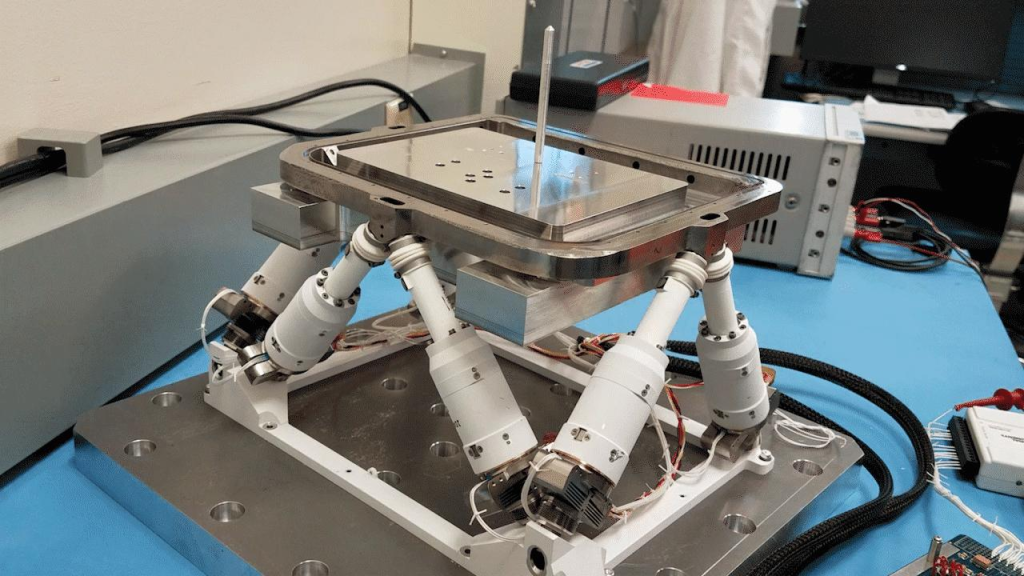
5. Instrumentation Propelling the Detection
The biosignature search by Perseverance relies on the accuracy of its payload. PIXL is capable of determining elemental abundance at <100 μm resolutions, and it unravels micron-scale chemical gradients. SHERLOC integrates Raman and fluorescence spectroscopy with microscopic imaging to spot organics and mineral associations in situ. Together, they detected reaction fronts, authigenic nodules, and mineral-organic co-locations not perceivable by orbital sensors.
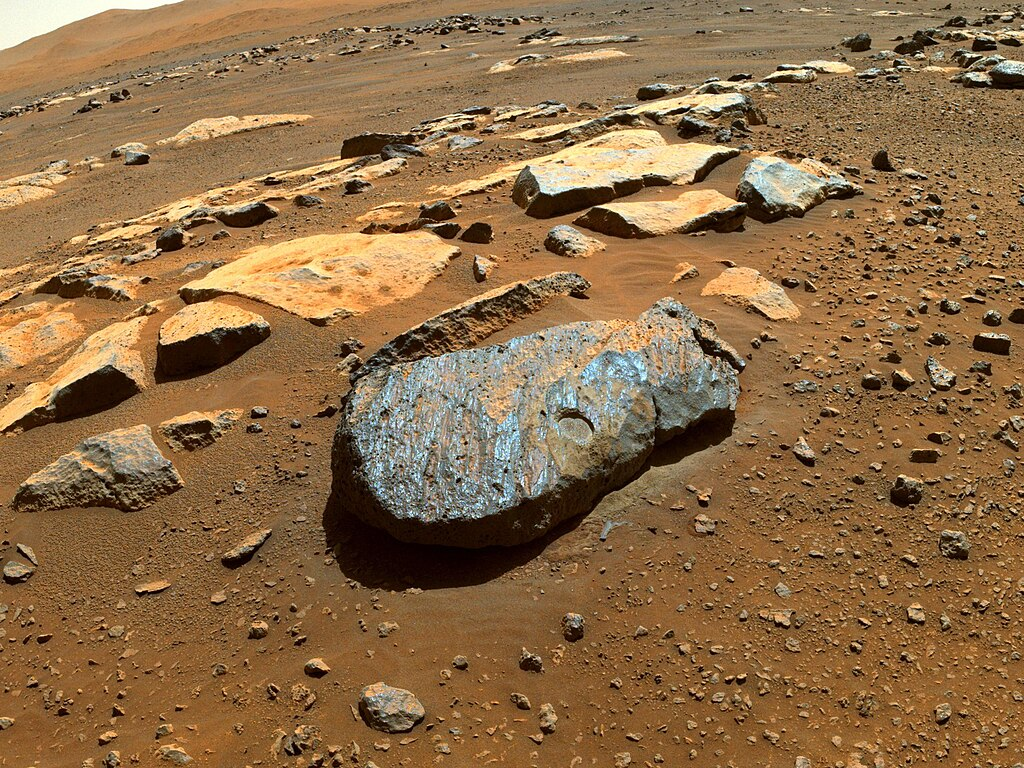
6. Redox Chemistry as a Metabolic Fingerprint
The textures and chemistry indicate electron-transfer reactions between organic material and iron or sulfate minerals. On Earth, the redox cycling is fundamental to microbial metabolisms that “breathe” rust or sulfate. In Bright Angel, the negative correlation of vivianite+greigite concentration with oxidation state of the rocks implies localized reducing conditions, perhaps fueled by oxidation of organic material. Abiotic hypotheses are present, but some of them, like sulfate reduction at low temperatures, are kinetically slow without biological catalysts.
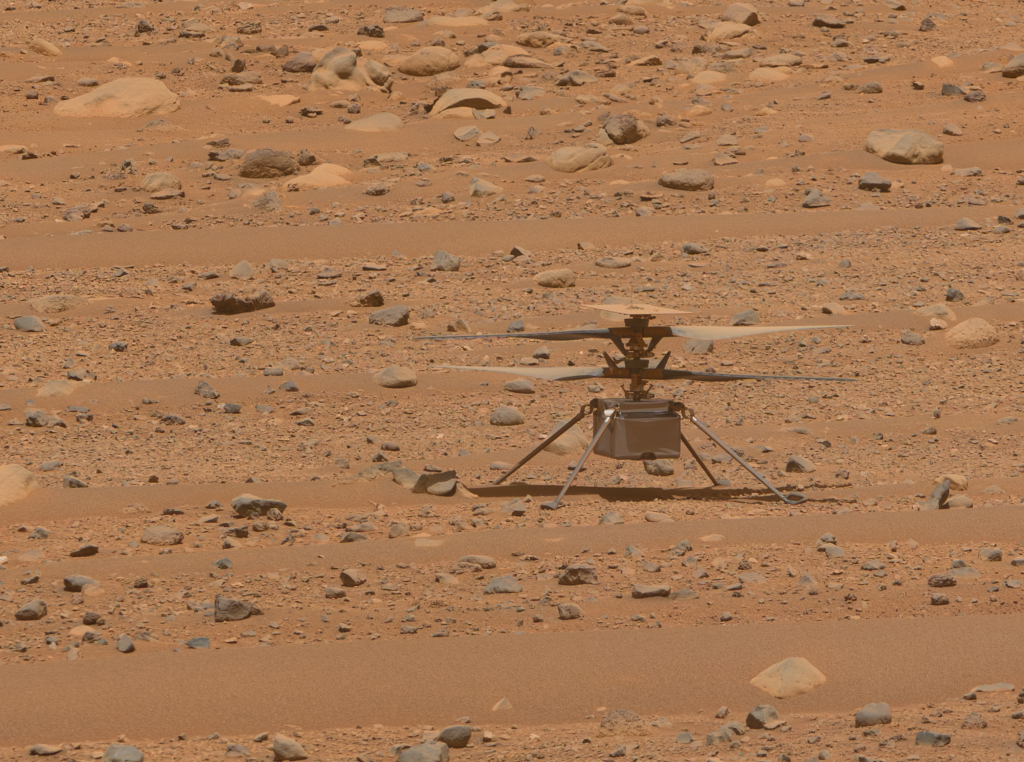
7. Assessing the Evidence: The CoLD Scale
NASA researchers are using tools such as the Confidence of Life Detection (CoLD) scale to avoid jumping to conclusions. The Bright Angel results are at a preliminary level: a potential biosignature with abiotic explanations that have not yet been eliminated. “Astrobiological assertions demand unusual evidence,” declared Perseverance project scientist Katie Stack Morgan. Laboratory testing on Earth might elevate the confidence level further by eliminating non-biological explanations.
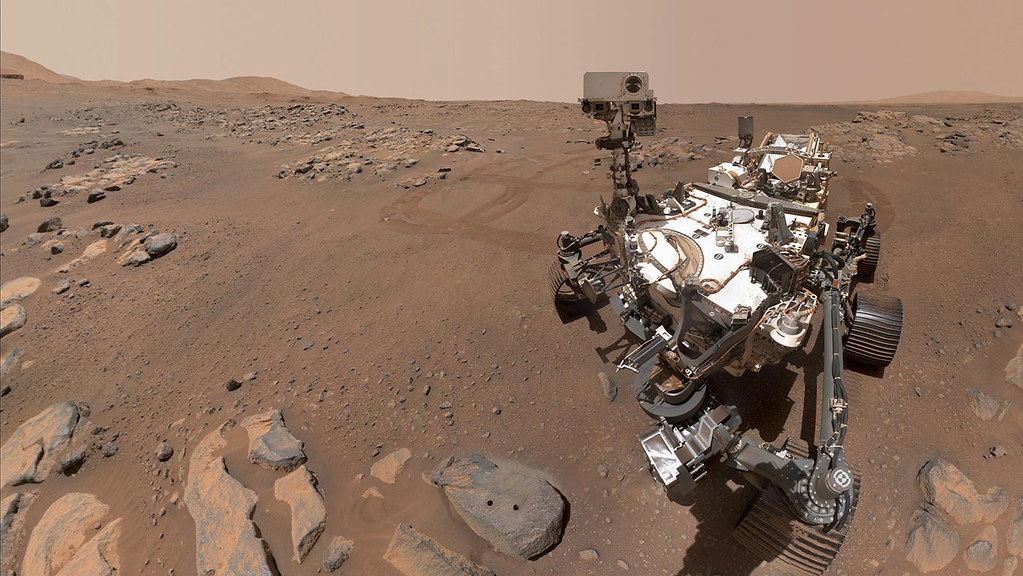
8. A Sample Worth Returning
The Sapphire Canyon core, encapsulated aboard Perseverance, is one of 27 cached samples targeted for Mars Sample Return. On our planet, researchers might ask questions about isotopic ratios, nanoscale mineralogy, and even look for microfossils with instruments much more sensitive than anything sent to Mars. “Bringing this sample back would enable us to analyze it with instruments much more sensitive than anything that can be sent to Mars,” Tice said.
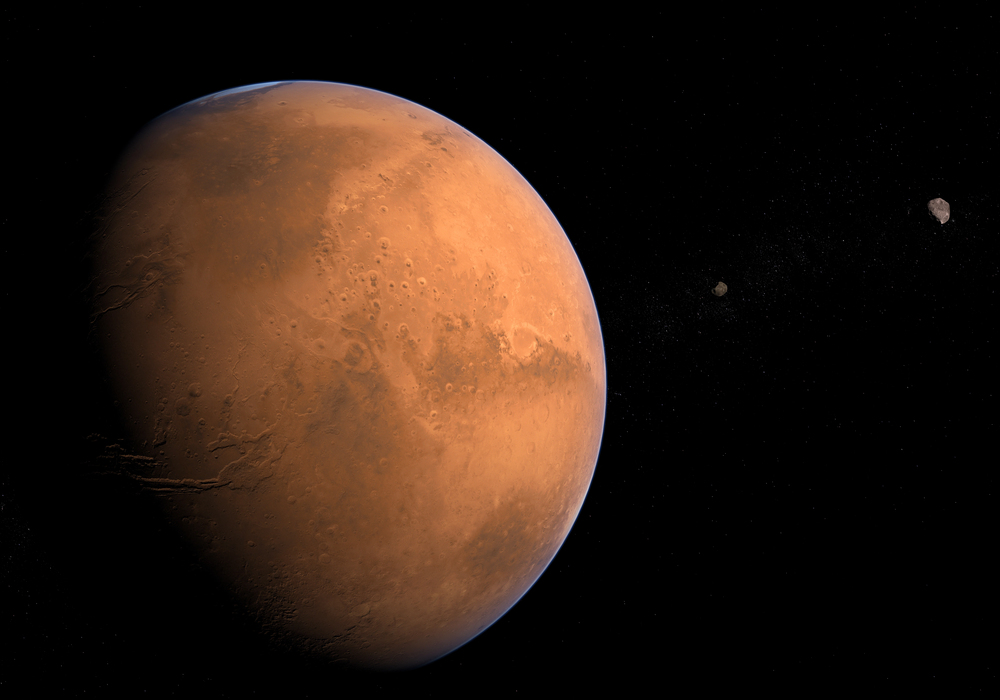
9. Implications for Mars’s Habitability Timeline
That such structures occur in fairly young sedimentary rocks implies that Mars might have had habitable environments for longer than previously believed. Climate models suggest intermittent surface water availability long after the Noachian, possibly for an extended window of life. The Bright Angel lake deposits might be one of these late oases.
The way ahead will take time. Until the Sapphire Canyon sample reaches terrestrial laboratories, the mystery of whether these minerals and organics are the work of ancient Martian microbes or the result of exoctic geochemistry will be unresolved. But in the layered mudstones of a vanished lake that existed long ago, Perseverance has uncovered a tale worth taking home.
